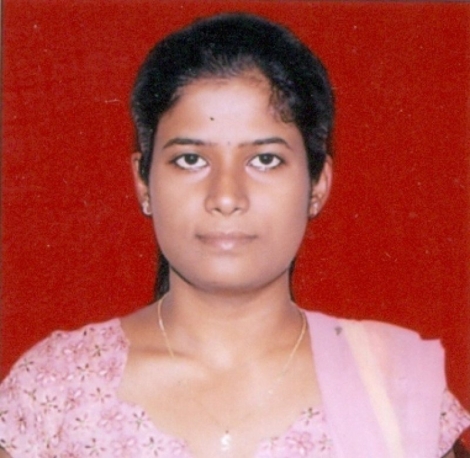GP Short Notes # 232, 25 January 2020
 Sneha Tadkal
Sneha Tadkal What happened?
After three months of political agitation, Lebanon has formed a new cabinet on Tuesday. Hassan Diab, is the new Prime Minister and will be heading a cabinet of 20 specialist officials. The cabinet also has a representation for six women holding some key posts. Zeina Akar heading the defence ministry makes her the first woman in an Arab country to hold the post. She is also the deputy PM.
The cabinet’s make-up is backed and supported by Hezbollah and allies including the Christian Free Patriotic Movement (FPM) founded by the current President Michel Aoun. The new government in place is said to be one which is non-sectarian and technocratic.
What is the background?
Since October 2019, the nationwide protests indicated the growing resentment among people towards the political parties who have held power since the end of the civil war.
The protestors held the government responsible for Lebanon’s deteriorating economy. As a result, the Sunni-led government of Saad Hariri was ousted creating a power vacuum. Lebanon’s currency lost about a third of its value against the US dollar, deepening the economic crisis. Owing to the shortage of foreign exchange, banks enforced capital controls that restricted people from withdrawing their earnings and savings. Insufficient funds have led students to discontinue their studies. With a 152 per cent debt to GDP ratio, Lebanon is the third most indebted country in the world, and it imports 80 per cent of its needs.
The escalation between the US and Iran have complicated the cabinet process formation. It gave Hezbollah some form of autonomy from the Iranian regime in handling issues.
The new government has no participation from Hariri's Future Movement party and others aligned to the West. Saudi Arabia, supposedly the main regional backer of Hariri, has not shown much interest in Lebanon but is cautious about growing Hezbollah’s political interests.
On the other hand, the protesters see the new government to be a part of the same political elite they have been rallying against and has called it "one colour" government aligned to Hezbollah. There were violent demonstrations on the streets outside of parliament in the capital Beirut hours after the cabinet formation was announced.
What does it mean?
First, the nationwide protests are led by the youth. They were unhappy with the previous government efforts and its incompetence in providing jobs and basic services. The scale also shows that the protesters are uniting beyond their sectarian and political affiliations. The Lebanese youth have little faith in the new government and are likely to reject it since it is backed by Hezbollah and its allies. The youth sees little scope of any progress that would either fetch them jobs or allow them to continue their education.
Second, Lebanon will look for international donors to help to revive its economy. It is heavily dependent on international assistance for imports. Hezbollah is listed as a terrorist group and this has attracted sanctions from the US. Countries who have traditionally provided financial support to Lebanon, especially in the Gulf, are concerned over Hezbollah’s rising influence. This would affect the new cabinet from gaining external economic support.
Third, US-Iran conflict is likely to see more participation from Hezbollah in the region. Despite Hezbollah being listed as a terrorist organisation, it is now involved in the state-building process. Many Lebanese also see Hezbollah as protecting their country against aggression by Israel. Hezbollah emerging as the strongest player in Lebanon is more likely.